- No products in the cart.
Puloref tab n / an kish.rastv. 40mg 28 pc
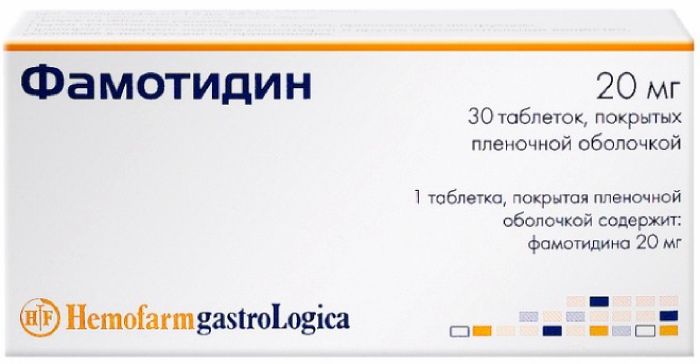
Famotidine tab p / 20 mg of 30 pcs, Hemofarm
$1.56
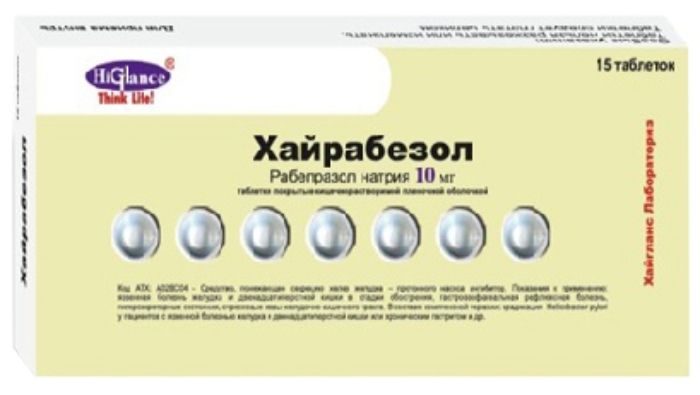
Hayrabezol tab n / an kish.rastv. 10 mg 15 pcs
$8.00
$7.01
Puloref tab n / an kish.rastv. 40mg 28 pc
Description
Composition
Active substance:
pantoprazole sodium sesquihydrate (based on pantoprazole) 45.10 mg (40.0 mg)
Excipients:
Sodium Phosphate 10.00 mg, isomalt LM-PF 58,50 mg, 3.00 mg sodium croscarmellose, crospovidone 50.00 mg Sodium stearyl fumarate 3.40 mg;
First Floor:
hypromellose 2910 15.85 mg, povidone (PVP K 25) 0.32 mg; Material film coating № 9 (Sepisperse AP 3232 Jaune Yellow) (30%) of purified water 45-55%, 1-7% hypromellose E464, propylene glycol 10-30%, 20-30% titanium dioxide, iron oxide yellow E172 to 5 %) 1.28 mg; pro-glycol 3,446 mg;
sheath:
Eudragit L 30 D-55 30% (a 30% dispersion of methacrylic acid and ethacrylate copolymer [1: 1], contains sodium lauryl sulfate and polisor Bat-80) 13.60 mg triethyl citrate 1.36 mg Simethicone emulsion 30% 0.04 mg.
Description:
Oval, biconvex film-coated tablets from yellow to light yellow. The cross-sectional core of a white or nearly white.
Product form:
Enteric tablets, film-coated, 40 mg. 14 tablets in a blister of aluminum foil printing. 2 blisters together with instructions for medical application is placed in a cardboard box.
Contraindications
• hypersensitivity to any component of the drug, and also to substituted benzimidazoles;
• dyspepsia neurotic genesis;
• kidney function (only indications for “Eradi-Katsiya Helicobacter pylori in combination with antibacterial agents-E”);
• a mild liver dysfunction (only indications for “Eradication of Helicobacter pylori in combination with antibacterial agents”);
• severe liver dysfunction;
• simultaneous application of HIV protease inhibitors (e.g., atazanavir, ritonavir et al.);
• pregnancy, breast-feeding;
• Children up to age 18 years.
Precautions • abnormal liver function.
Dosage
40 mg
Indications
• gastric ulcer and duodenal ulcer (in the acute phase), erosive gastritis (including those associated with the use of nonsteroidal anti-inflammatory drugs (NSAIDs));
• Zollinger-Ellison syndrome;
• eradication of Helicobacter pylori in combination with antibacterial agents.
Interaction with other drugs
The effect of pantoprazole on the absorption of other drugs. Due to deep and long-term suppression of gastric acid secretion pantoprazole can reduce the absorption of drugs, bioavailability which is dependent on the pH of the gastric environment (e.g., certain azole antifungal agents such as ketoconazole, itraconazole, posaconazole, and other drugs such as erlotinib).
Preparations for the treatment of HIV infection (atazanavir).
The simultaneous use of atazanavir and other drugs for treating HIV infection which absorption is pH dependent, with the PPI may lead to significant reduction in the bioavailability of these drugs for the treatment of HIV infection and may affect the efficiency of these drugs. The simultaneous use of PPIs and atazanavir is not recommended.
Indirect anticoagulants (warfarin or phenprocoumon).
Despite the fact that in clinical pharmacokinetic studies, no interaction was observed, while the use of pantoprazole with warfarin or phenprocoumon, to post-registration peri-ode was registered several individual cases of changes in the international normalized ratio (MHO). It is therefore recommended to monitor the prothrombin time / INR at the beginning and at the end of therapy and during irregular use of pantoprazole.
Methotrexate.
With the simultaneous application of high doses of methotrexate (e.g., 300 mg) and IPP concentration of MTX was increased in some patients. In patients receiving high-dose methotrexate, e.g., cancer or psoriasis, it is advisable to temporarily discontinue pantoprazole.
Other interactions.
Pantoprazole undergoes extensive metabolism in the liver, with the participation of cytochrome P450 enzyme. The main pathway is demethylation under isoenzyme CYP2C19, other metabolic pathway include oxidation under the action of the isoenzyme CYP3A4.
In studies of interactions with drugs that are also metabolised by these routes, such as carbamazepine, diazepam, glibenclamide, nifedipine and oral contraceptives, containing conductive-ethinyl estradiol and levonorgestrel, there was no clinically significant interactions. The results of a number of interaction studies have shown that pantoprazole has no effect on drug metabolism, which occurs with the participation of isoenzyme CYP1A2 (such as caffeine, theophylline) isoenzyme CYP2C9 (such as piroxicam, diclofenac, naproxen), isozyme CYP2D6 (such as metoprolol), izofer -menthyl CYP2E1 (such as ethanol), and does not affect associated with P-glycoprotein absorption of digoxin. There was no drug interaction while the use of antacids. When one-time use of pantoprazole with antibiotics (clarithromycin, metronidazole, amoxicillin), clinically significant drug interactions are absent.
Overdose
Hitherto overdose phenomena as a result of pantoprazole were noted. Doses exceeding 240 mg intravenously administered over 2 minutes and well tolerated.
However, in the case of overdose and only if the clinical manifestations symptomatic and supportive treatment. Hemodialysis is ineffective.
pharmachologic effect
Pharmacological group:
Decreasing the secretion of the glands of the stomach – a proton pump inhibitor.
Pharmacodynamics:
The inhibitor of proton pump (H + / K + -ATPase). Blocks final stage of gastric acid secretion, reducing both basal and stimulated secretion regardless of the nature of the stimulus.
Antisecretory activity.
After oral ingestion Puloref® antisecretory ef-fect occurs within 1 h and reaching a maximum after 2-4 h. In ulcerative-hydrochloric duodenal ulcer associated with Helicobacter pylori, decrease gastric secretion increases the sensitivity of microorganisms to antibiotics. It does not affect the motility of the gastrointestinal tract. Secretory activity normalized in 3-4 days after admission.
As compared with other proton pump inhibitors pantopra-sol has a high chemical stability at neutral pH values and-SRI less potential interaction with oxidase system ne-Cheney dependent cytochrome P450. Therefore, pantoprazole is not inter-operating with many other common drugs.
Pharmacokinetics:
Suction
Pantoprazole is rapidly absorbed after oral administration. The maximum concentration (Cmax) in plasma after oral administration is achieved after the first dose of 40 mg. On average, the Cmax equal to 2.0 – 3.0 ug / ml, is reached after 2.5 hours for the dosage of 40 mg. This figure has remained constant after repeated use of the drug. Of absolutely bioavailability is 77%. Simultaneous reception of Panto-prazola with food has no effect on area under the curve “concentration-time» (AUC) and Cmax bioavailability; there is only a change in the beginning of the drug.
Distribution
Binding to plasma proteins is 98%. The volume of distribution-tion is 0.15 l / kg and clearance – 0.1 l / h / kg.
Metabolism
It is metabolized in the liver. The main metabolite in plasma and urine desmetilpantoprazol is conjugated with sulphate. It is an inhibitor of the enzyme CYP2C19 system.
breeding
The half-life (T1 / 2) of pantoprazole is 1 hour, metabolite – 1.5 hours main excretion pathway -. Through the kidneys (approximately 80%) as a Metabo-LTL pantoprazole in a small amount is output from the intestine.
Pharmacokinetics in different patient groups
Age: slight increase in AUC and Cmax index in the elderly is not clinically significant.
Renal insufficiency: The use of pantoprazole in patients with impaired renal function (including patients on gemodi-Aleesa) dose reduction is required. As with healthy subjects, ekskre-tion of the drug occurs rapidly and accumulation does not occur sufficiently.
Hepatic impairment: Patients with cirrhosis (classes A and B according to the classification of Child-Pyo) the T1 / 2 is increased up to 7-9 hours when using pantoprazole in the dosage of 40 mg. The AUC led away-Chiva 5-7 times. Cmax increased by 1.5 times compared with patients zdoro-Vym.
Pregnancy and breast-feeding
Use of the drug during pregnancy and breast-feeding period is contraindicated.
In experimental studies have shown that pantoprazole is excreted in breast milk, so if necessary, use Puloref® during lactation should stop breastfeeding.
Conditions of supply of pharmacies
Prescription.
side effects
When receiving Puloref® preparation according to indications in the recom-menduemyh doses side effects are rare. The most common adverse side effects are diarrhea and headache – are observed in approximately 1% of patients.
Adverse reactions shown below are listed in accordance with a lesion of organs and organ systems and frequency. Incidence is defined as follows:
very often (> 1/10);
common (> 1/100,
uncommon (> 1/1000,
rare (> 1/10000,
very rarely (
frequency not known – can not be estimated from the available data.
frequency categories were formed on the basis of clinical trials of the drug and post-marketing surveillance.
The frequency of occurrence of adverse reactions
Blood disorders and lymphatic system:
rarely – agranulocytosis.
very rarely – leukopenia, thrombocytopenia, pancytopenia.
Violations by the immune system:
very rarely – anaphylactic reactions, including anaphylactic shock.
Mental disorders:
infrequently – sleep disorders;
rarely – depression, hallucinations, disorientation, mental confusion, especially in patients predisposed to it, as well as strengthening dan-tion of symptoms if they were previously observed in patients.
Disorders of the nervous system:
often – headache;
rarely – dizziness;
rarely – dysgeusia.
Violation of the organ of vision:
rarely – visual disturbances (blurred vision).
Disorders of the gastrointestinal tract:
often – pain in the upper abdomen, diarrhea, constipation, flatulence;
infrequently – nausea / vomiting;
rarely – dry mouth.
Disorders of the liver and biliary tract:
very rarely – severe damage of the liver parenchyma, resulting in jaundice hepatic failure with or without.
Violations of the skin and subcutaneous tissue disorders:
rarely – itching and skin rashes;
very rarely – urticaria, angioedema, malignant exudative erythema (Stevens-Johnson syndrome), exudative erythema multiforme, Lyell syndrome, photosensitization.
Violations by musculoskeletal and connective tissue disorders:
rarely – arthralgia;
very rarely – myalgia.
Report from the metabolism:
rarely – hyperlipidemia, body weight changes;
the frequency is unknown – hyponatremia, hypomagnesemia.
The urinary system:
very rarely – interstitial nephritis.
Violations by the genitals and breast:
rare – a gynecomastia.
General disorders:
rarely – weakness, fatigue, and malaise;
very rarely – peripheral edema, increased body temperature.
Laboratory and instrumental data:
rarely – increased bilirubin;
very rarely – increased activity of “liver” enzymes (aspartate-minotransaminazy, gamma glutamyltransferase), elevated levels of triglycerides.
special instructions
Before starting treatment with Puloref® should exclude the possibility of cancer because the drug may mask the symptoms and delay the correct diagnosis.
Patients should consult a doctor if they have to endoscopy or urea breath test.
Patients should also consult a doctor if there are the following cases:
• unintentional weight loss, anemia, gastrointestinal bleeding, swallowing disorder, persistent vomiting or vomiting with blood. In these cases, the drug could partially alleviate the symptoms and delay the correct diagnosis;
• previously undergone surgical intervention on the gastro-intestinal tract or stomach ulcer;
• continuous symptomatic treatment of dyspepsia and heartburn for 4 weeks or more;
• liver disease including jaundice and hepatic failure;
• other serious diseases, worsening the general health.
Patients over the age of 55 years, if there are new or recently-measurable currently logged symptoms should consult a physician.
When you receive drugs that reduce gastric acidity, a non-significant increased risk of gastrointestinal infections caused by a bacterium genus Salmonella spp., Campylobacter spp. or C. difficile.
In patients with Zollinger-Ellison syndrome, and other pathological hypersecretory conditions that require long-term treatment, pantoprazole, as well as other drugs that inhibit the secretion of gastric juice, may reduce the absorption of vitamin B12 (tsianokobala-min) due to hypo and achlorhydria. This should be considered in patients with reduced supplies of the vitamin in the body, or long-term treatment of patients with risk factors for vitamin B12 deficiency, and under the supervision of the relevant clinical symp toms.
Conducting long-term therapy, especially for more than 1 year, require regular monitoring of patients.
Pantoprazole is not recommended to be used together with inhibitors of HIV protease, the absorption of which depends on the pH of the gastric environment (e.g., atazanavir) due to a substantial reduction in their bioavailability.
There are reports of the development of severe hypomagnesemia in patients on PPI-beam for at least 3 months, and in most cases – within a year. There may be serious manifestations of hypomagnesemia as fatigue, tetany, delirium, convulsions, dizziness and ventricular arrhythmia, but hypomagnesemia may develop unnoticed and not be detected in a timely manner. In most patients with hypomagnesemia is reduced after magnesium replacement therapy drugs and the abolition of PPI. In patients undergoing long-term treatment, or in patients receiving PPIs together with li-bo with other drugs digoxin, capable of causing hypomagnesemia (eg, diuretics), it is necessary to determine the levels of magnesium in the blood before starting treatment PPIs and periodically during treatment.
Proton pump inhibitors, particularly at high doses and for a long time (> 1 year), may moderately increase the risk of fractures of the femur, the bones of the wrist and spine, especially in the elderly or in the presence of other generally recognized risk factors. Observational studies suggest that proton pump inhibitors may increase the overall risk of fracture by 10-40%. Some of these fractures may be caused by the presence of other risk factors. Patients at risk of osteoporosis should be treated in accordance with clinical guidelines, and a sufficient amount of vitamin D and calcium.
In the treatment of proton pump inhibitors is very rarely observed the development of the subacute cutaneous lupus erythematosus (PKKV). If you experience skin lesions, especially in areas exposed to sunlight, as well as the presence of concomitant arthralgia, the patient should seek immediate medical assistance, and health care provider should assess the need to stop treatment with Pulo ref®. Occurrence PKKV after previous treatment ingibito-set proton pump may increase the risk of PKKV in the treatment of other proton pump inhibitors.
Effects on ability to drive and busy with other potentially dangerous activities
It should be noted that at the time of treatment may develop dizziness, and therefore caution should be exercised when driving and occupation of other potentially hazardous activities that require high concentration and psychomotor speed reactions.
Storage conditions
At a temperature of not higher than 30 degrees.
Keep out of the reach of children.
Dosing and Administration
Inside. Tablets should be swallowed whole without chewing or breaking a, squeezed small amounts of liquid before a meal, usually before breakfast. When taken twice a second dose is recommended to be taken before a meal.
Gastric ulcer and duodenal ulcer, erosive ha Street (including those related to NSAID)
The recommended dose of 40-80 mg per day. The course of treatment 2 weeks during exacerbation of duodenal ulcer and 4-8 weeks with acute gastric ulcer.
Helicobacter pylori eradication
The following combinations are used as triple therapy:
1. Puloref® 40 mg 2 times a day Amoxicillin + 1000 mg 2 times daily + clarithromycin 500 mg 2 times a day. The course of treatment 7-14 days.
2. Puloref® 40 mg 2 times a day plus 500 mg metronidazole two times daily + clarithromycin 500 mg 2 times a day. The course of treatment 7-14 days.
3. Puloref® 40 mg 2 times a day Amoxicillin + 1000 mg 2 times daily + metronidazole 500 mg 2 times a day. The course of treatment 7-14 days.
After closure combination therapy reception Puloref® drug can be extended for the purpose of healing ulcers. In gastric twelve duodenum Puloref® the drug can be extended by 1 to 3 weeks.
Zollinger-Ellison syndrome
The initial daily dose is 80 mg (2 tablets of the preparation). Then, if necessary, the dose may be increased or decreased, depending on the performance of gastric acidity. Doses above 80 mg should be divided into 2 doses per day. Perhaps a temporary increase in the dose over 160 mg per day, but it should not last longer than is necessary to achieve acidity control.
elderly patients
No dose adjustment is required. However, elderly patients should not exceed 40 mg daily dose. An exception is the use of combination antimicrobial therapy against Helicobacter pylori, and when elderly patients should use the drug Puloref® 40 mg 2 times a day.
The use in patients with impaired renal or hepatic impairment with the aim of eradication of Helicobacter pylori
В связи с отсутствием данных об опыте применения препарата в составе комбинированной антимикробной терапии с целью эрадикации Helicobacter pylori, применение препарата у пациентов с нарушением функции почек или нарушением функции печени противопоказано.
Information
Appearance may differ from that depicted in the picture. There are contraindications. You need to read the manual or consult with a specialist
Additional information
| Weight | 0.100 kg |
|---|---|
| Manufacturer | NOBELFARMA Ilach |

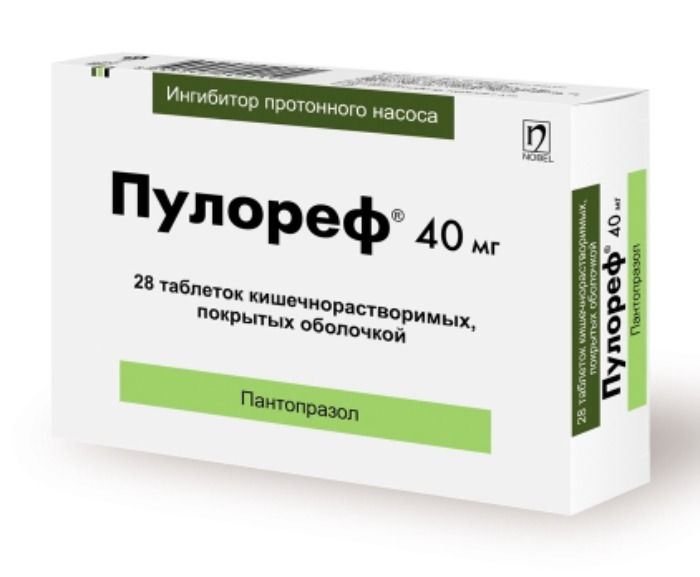

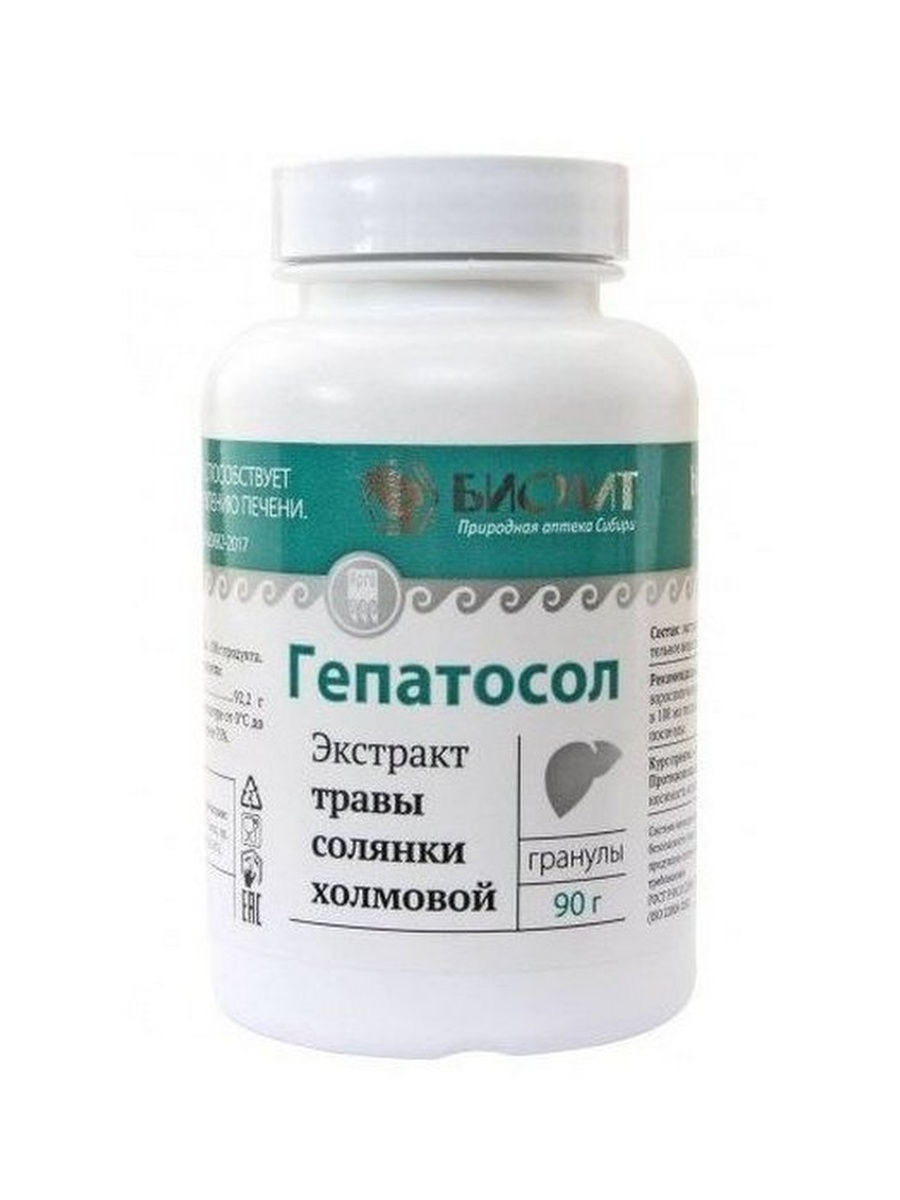
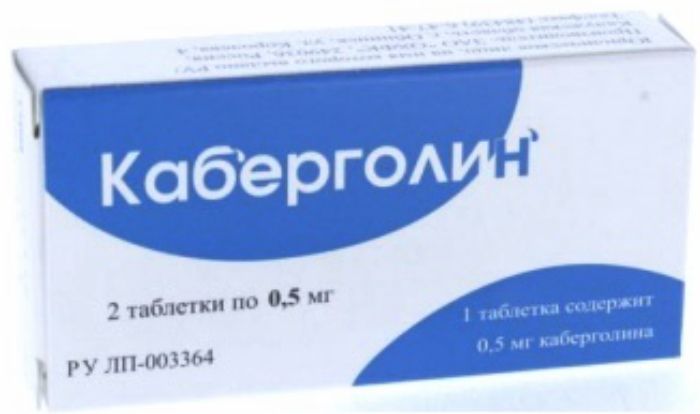
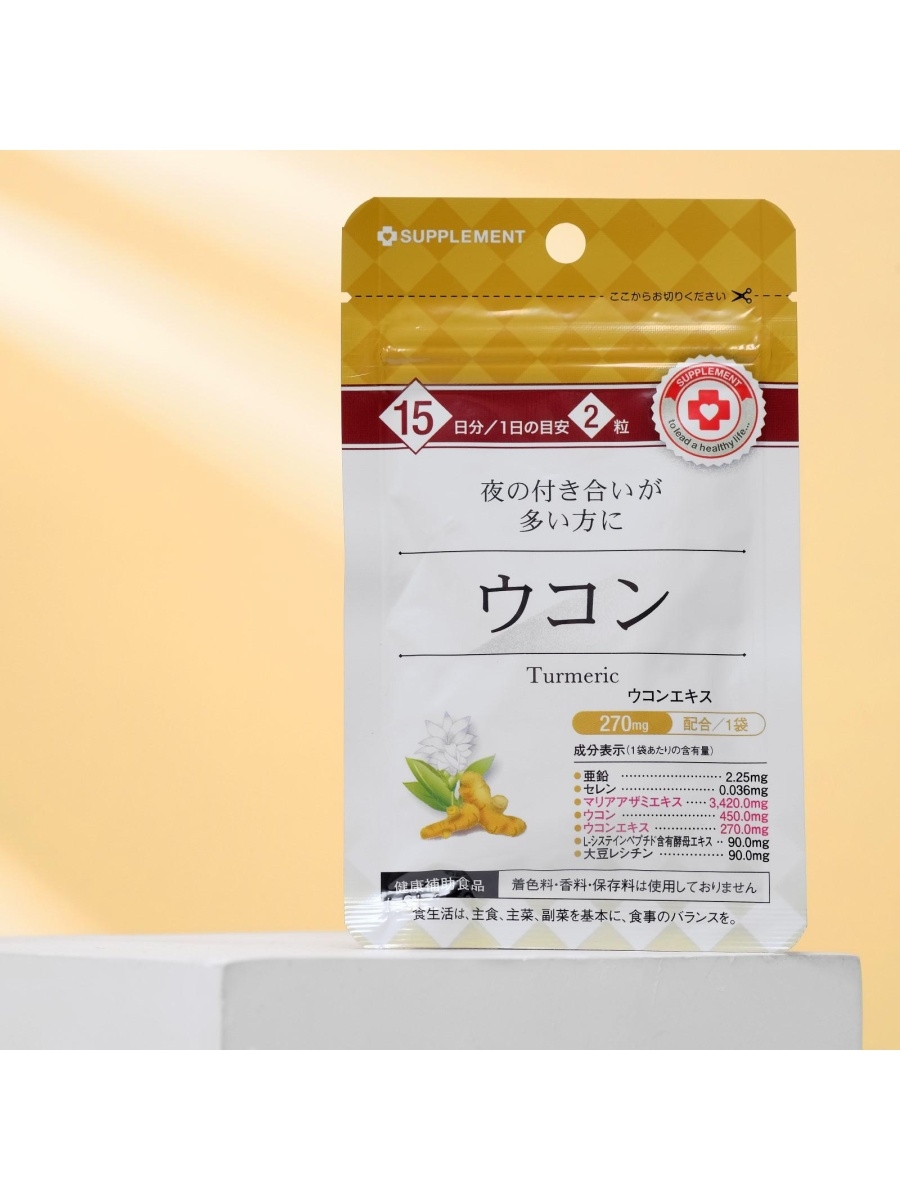

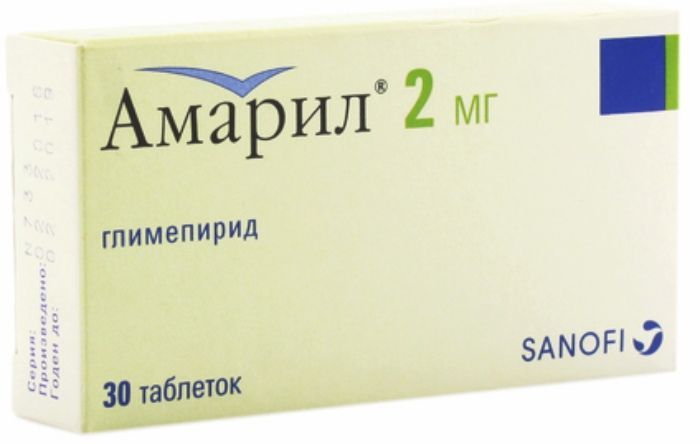




There are no reviews yet.